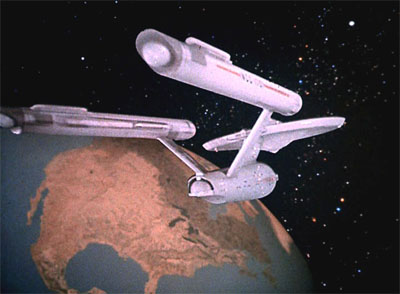

| Archive Blog Cast Forum RSS Books! Poll Results About Search Fan Art Podcast More Stuff Random |
|
Classic comic reruns every day
|
1 {Cthulhu tumbles in a universe of primordial chaos}
7 {which cools and fades to blackness}
12 {galaxies form}
30 {zoom in to Earth}
|
First (1) | Previous (2255) | Next (2257) || Latest Rerun (2861) |
Latest New (5380) First 5 | Previous 5 | Next 5 | Latest 5 Steve and Terry theme: First | Previous | Next | Latest || First 5 | Previous 5 | Next 5 | Latest 5 This strip's permanent URL: http://www.irregularwebcomic.net/2256.html
Annotations off: turn on
Annotations on: turn off
|
 The photo in the last panel is the famous "Blue Marble" photo of Earth taken by the
astronauts of the Apollo 17 lunar mission in 1972. This was the first clear photo of a fully illuminated hemisphere of the Earth.
The photo in the last panel is the famous "Blue Marble" photo of Earth taken by the
astronauts of the Apollo 17 lunar mission in 1972. This was the first clear photo of a fully illuminated hemisphere of the Earth.
It was the first. In 1972.
Before 1972, nobody except the previous few Apollo astronauts really knew what the Earth looked like from space. That's not that long ago.
It's so recent, that when the producers of original series of Star Trek needed to show the Earth from space in the episode Assignment: Earth in 1969, they didn't have any reference material to provide a realistic depiction. The result can be seen in the screenshot shown here. Notice that it's clearly meant to be Earth, but it looks so unrealistic as to be almost laughable. The colours are straight out of an atlas, and the complete lack of clouds is a dead give-away that this is not a photo.
It's not the fault of the show's producers, of course - that's my entire point. They had no idea how to depict the Earth from space, because at the time nobody knew what it looked like. Nowadays, realistic depictions and actual photos of Earth from space are commonplace.
The amount of knowledge we as a species and culture have gained over as short a time as the past 40 years, and which is regarded as common knowledge these days, is simply staggering.
I didn't remember specifically which galaxy I used, but a brief Google image search managed to turn it up as one of the first hits for "spiral galaxy". It's NGC 4414, in the constellation of Coma Berenices.
As it turns out, it's not a particularly good substitute for the Milky Way, because NGC 4414 is a type of spiral galaxy known as a flocculent spiral galaxy, defined by patchy, discontinuous spiral arms. Our Milky Way, however, is a barred spiral galaxy, with much more prominent spiral arms.
|
LEGO® is a registered trademark of the LEGO Group of companies,
which does not sponsor, authorise, or endorse this site. This material is presented in accordance with the LEGO® Fair Play Guidelines. |